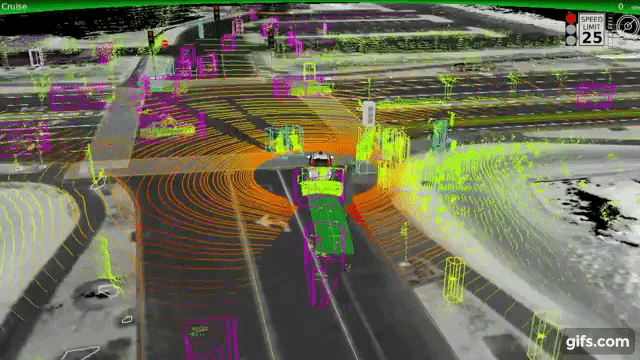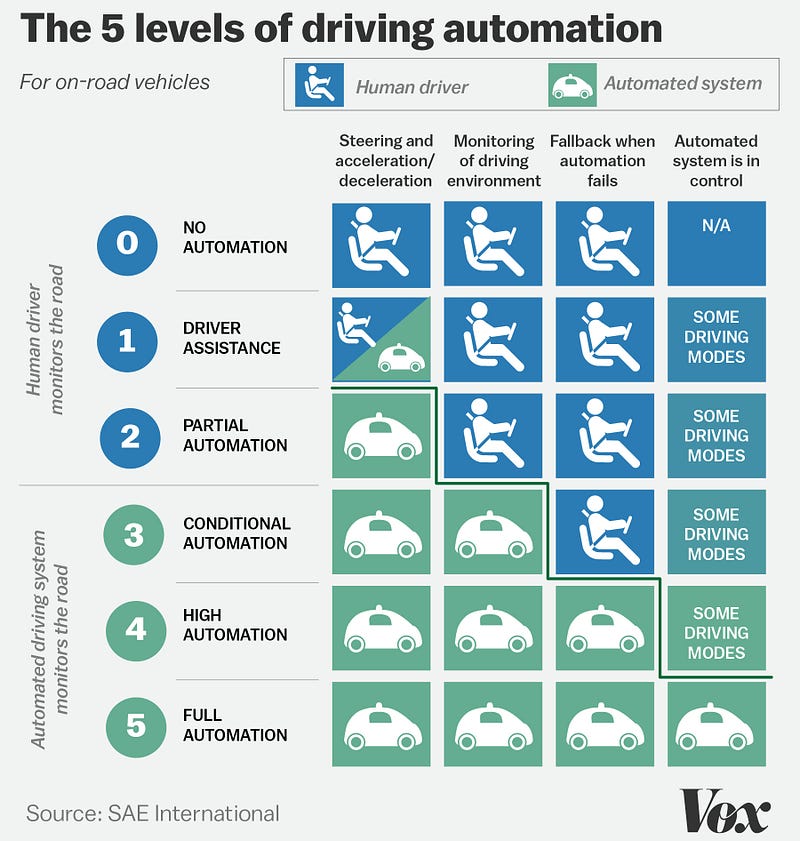Autonomous vehicles (AVs) have been driving through the country’s mind, and Texas is no exception.
With the technology already deployed on Austin streets and Texas getting named a national testing ground by the U.S. Department of Transportation, the state is helping to push this burgeoning technology forward.
With the goal of providing a clear legal pathway for testing, development, and deployment of self-driving vehicles, here’s a quick update on how the Texas Legislature and U.S. Congress are responding to this growing shift in the transportation landscape.
Texas Legislature
The Texas Legislature passed Senate Bill 2205, which implements safety requirements and defines basic terms relating to AVs and automated driving systems — things that did not exist in Texas law prior to the bill’s passage.
AVs=OK
The bill allows automated motor vehicles to traverse Texas roads, with or without human controls, so long as they are:
- compliant with federal law and Federal Motor Safety Standards;
- registered with Texas Department of Motor Vehicles;
- covered by liability insurance or self-insured; and
- equipped with on-board data recorders.
Automated driving systems
Currently, the National Highway Traffic Safety Administration (NHTSA) recognizes six levels of autonomous technology: levels 0 to 3 all require some level of human involvement, while levels 4 and 5 do not require a human driver.
SB 2205 defines “automated driving system” to mirror the current level 4 and 5 language recognized by NHTSA: hardware and software that, when installed on a motor vehicle and engaged, are collectively capable of performing all aspects of driving on a sustained basis and any fallback maneuvers necessary to respond to a failure of the system.
Owner=operator
The owner of the automated driving system is considered the operator of the AV for the purposes of traffic laws, regardless of whether the person is physically present in the car when it’s being operated. Plus, a licensed human driver does not need to be in the car if the automated driving system is engaged.
Statewide preemption
Finally, the bill provides that the state alone will regulate AVs and automated driving systems — meaning that cities, counties, and other political subdivisions will not be able to pass additional or different regulations.
Congress
The United States Congress is also getting in on the action. Two weeks ago, the AV START Act unanimously cleared a Senate committee and is now on its way to the full Senate for debate. Similar legislation already passed the House of Representatives, meaning we’re on the tail end of the legislative process and the legislation is likely to pass sooner rather than later.
So what’s in the bill?
Safety standard exemptions
The bill allows the U.S. Department of Transportation to exempt AV manufacturers from existing safety standards for up to 100,000 AVs a year, although the AVs need to have safety features “providing a safety level at least equal to the safety level” of the federal standards. This exemption is included in an effort to reduce barriers to deployment and help spur the development of self-driving technology.
Federal preemption
The bill would prevent states and local governments from regulating the design, construction, or performance of AVs. This would maintain state and local roles in determining traffic laws, registration, and licensing — consistent with the Texas legislation discussed above.
Cybersecurity
The bill requires AV manufacturers to adopt written plans for identifying and reducing cybersecurity risks and allows the Secretary of Transportation to work with manufacturers on developing a coordinated vulnerability disclosure policy.
Self-driving trucks?
Nope. Missing from the Senate bill is regulations paving the way for self-driving semi trucks.
While the Texas law is finalized, the federal legislation is still moving through the process — and therefore it can and likely will continue to change.



